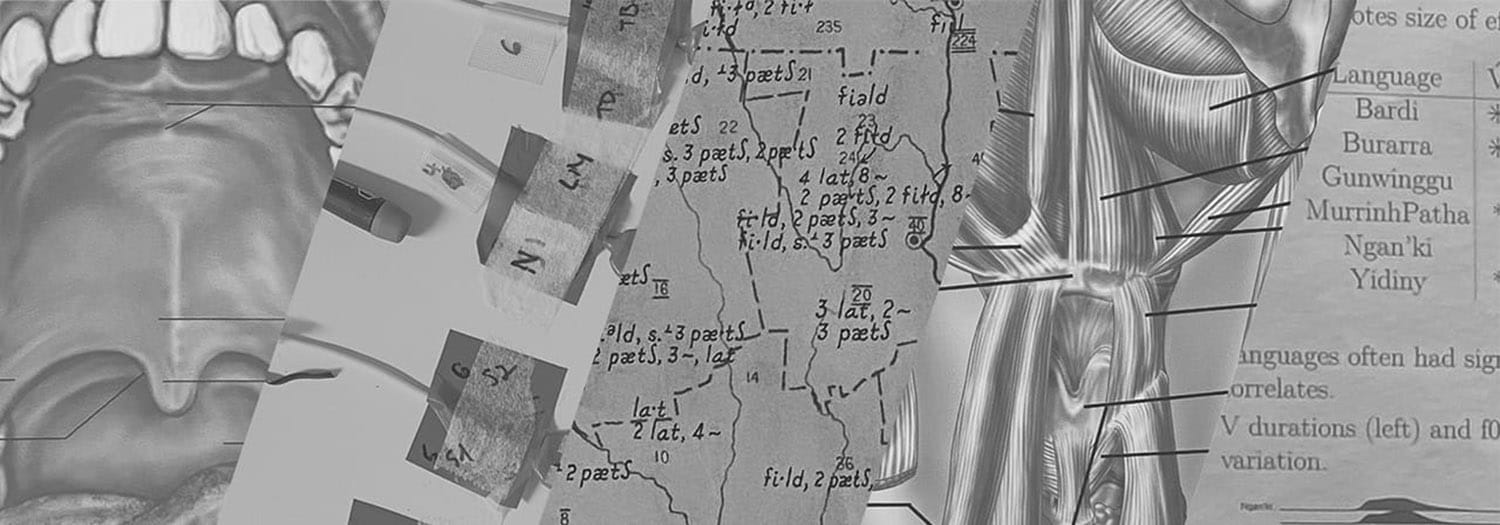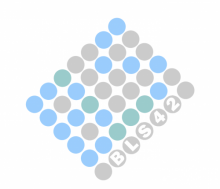Yao-ying Lai, Rikker Dockum present at BLS42
Yale linguistics graduate students Yao-Ying Lai and Rikker Dockum presented talks at the 42nd Annual Meeting of the Berkeley Linguistics Society. Rikker’s talk, “Tonal evidence in historical linguistics: Genetic signal or typological noise?” was based largely on his fieldwork of Khamti, a Tai language spoken in Myanmar and India. In “The structured individual hypothesis for processing aspectual verbs “, Yao-ying reported findings of SPR and fMRI studies in collaboration with coauthors Cheryl Lacadie and Todd Constable from the Yale School of Medicine and Yale linguistics faculty Ashwini Deo and Maria Piñango. Abstracts for each talk appear below.
Yao-ying et al:
The structured individual hypothesis for processing aspectual verbs
We report results of SPR and fMRI studies of aspectual verbs semantically analyzed as selecting for structured individuals (Piñango and Deo 2015). We hypothesize that processing aspectual-verb sentences is costly due to [A] exhaustive lexical retrieval of the verb, and [B] ambiguity resolution associated with the complement. Whereas previous results show that aspectual-verb sentences containing animate subjects (i) engender longer RTs, and (ii) recruit BA40 (Wernicke’s area) for [A] and LIFG for [B], compared to sentential counterparts with psychological verbs, (iii) here we observe that this localization pattern extends to aspectual-verb sentences containing inanimate subjects, supporting P&D’s unified analysis for both conditions.
Rikker Dockum:
Tonal evidence in historical linguistics: Genetic signal or typological noise?
Tonal data figures prominently into competing classifications of Southwestern Tai (SWT). De- spite past disagreement on the utility of such evidence, recent quantitative work found genetic relationship a strong predictor of typological tone profile (Brunelle and Kirby 2015). New fieldwork on Khamti [kht] in Burma shows very different tone splits and mergers from Khamti described in India. The mismatch between segmental and tonal evidence can be resolved by approaching tones using the logic of the comparative method. Khamti thus serves as a case study in better integrating tonal evidence into language classification, turning an apparent conflict in traditional methods into mutual corroboration.


